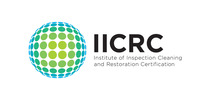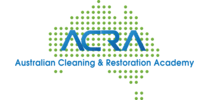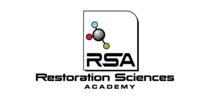Call for help?
1300 762 02124/7 Service availability!
Ready to Serve You Day or Night
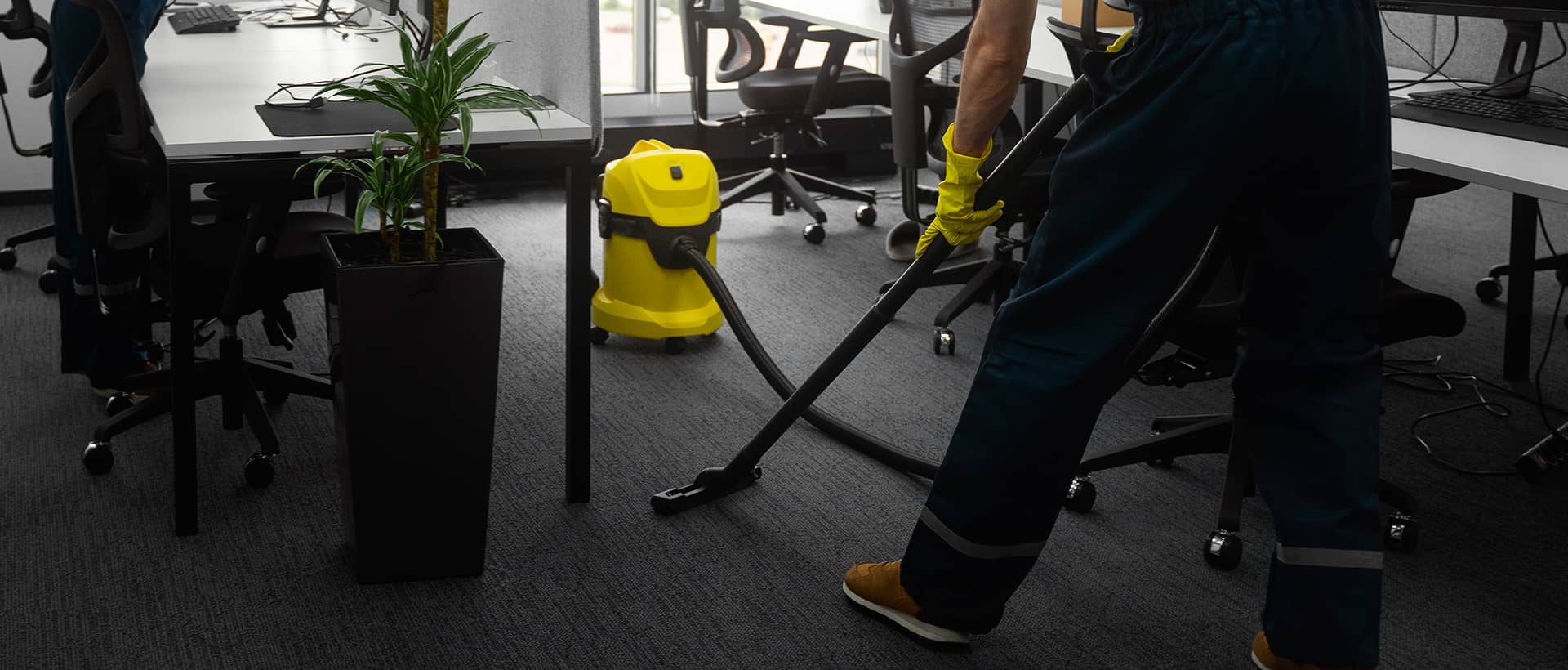
Carpet cleaning in Queensland can completely transform the look of your home or workplace. A freshly cleaned carpet gives your space a renewed, inviting feel and adds comfort to your environment.
A carpet is often a significant investment, so it’s essential to extend its life as much as possible. Carpets can quickly collect dirt from everyday foot traffic, muddy footprints, spills, pet activity, and lingering odours, requiring more maintenance than you might think.
Proper care and attention are key to ensuring your carpet lasts longer. In some cases, the best way to maintain your carpet is by enlisting the help of professional carpet cleaning services in Queensland and throughout Queensland. At South QLD Restoration, we offer expert, deep cleaning to ensure your carpets stay fresh and well-maintained for years to come.
Maintaining a clean and healthy home is essential, and your carpet plays a significant role in that. Carpets in Queensland can trap pollutants, dirt, allergens, and germs, which makes regular carpet cleaning crucial for a fresh and hygienic living environment. But how often should you schedule professional carpet cleaning services?
For most homes in Queensland, it’s recommended to engage a carpet cleaning professional every 6 to 12 months to keep your carpets clean, fresh, and free of odours. To determine how frequently your carpet needs a deep clean, consider these important questions:
Regular professional carpet cleaning is key to extending the life of your carpet and improving the air quality in your home. Whether you live in the bustling cities or quieter towns across Queensland, scheduling a carpet cleaning service at least once or twice a year is recommended.
Book your next carpet cleaning service today and ensure your home stays clean, healthy, and inviting for years to come!
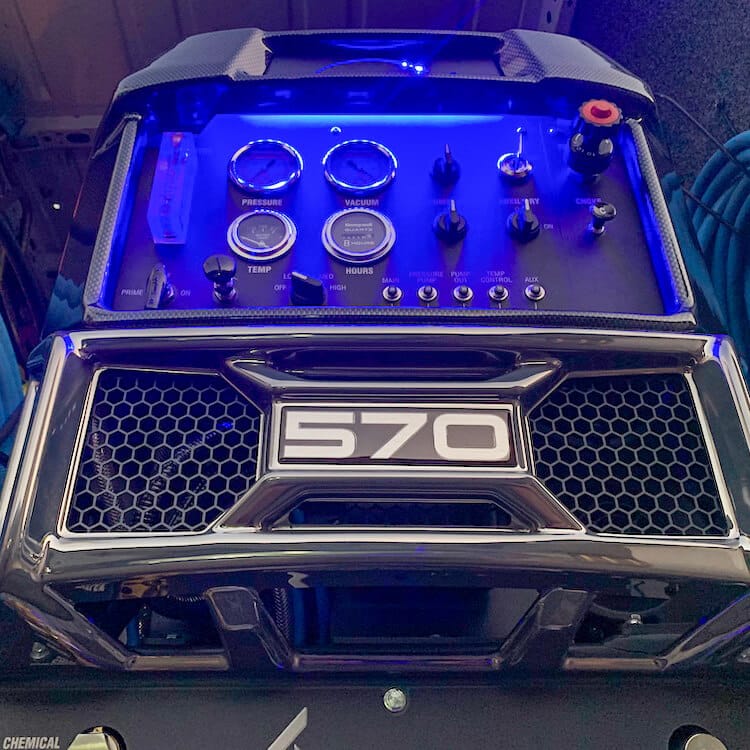
Here at South QLD Restoration, we use high-end technology to ensure we are providing superior carpet cleaning Queensland services to our customers.
This unique technology has been specifically designed as a dual-wand unit for residential and commercial applications. The system has everything that is needed to tackle the toughest cleaning jobs and has been designed for longevity and reliability in mind.
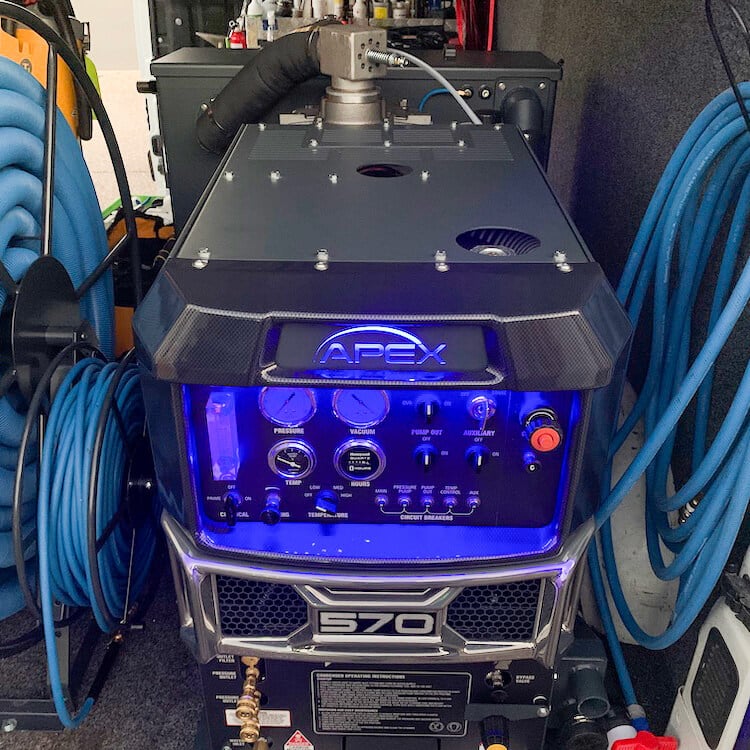
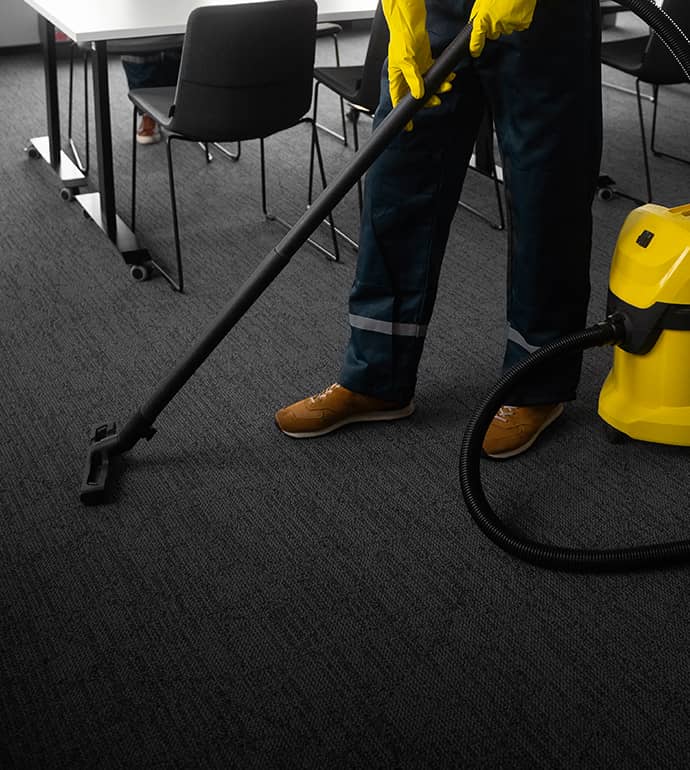
Professional carpet cleaning can be expensive, but if well-maintained it can be a great investment. This is why it’s important to choose a carpet cleaning company that you can trust. South QLD Restorations have been providing reliable and professional carpet cleaning services in Queensland since 1993; we are fully trained, fully licensed and insured.
Keeping your carpet clean has a lot of benefits. And having your carpet cleaned by a professional has even more!
One of the most important benefits of getting your carpet professionally cleaned is that it improves the air quality of your home. This in turn improves your homes’ overall health.
It’s important to know that even if you dust your home regularly, dust still manages to creep its way in. Most homeowners believe that vacuuming their carpet often is enough to remove the dust from the carpet. This is not the case!
Did you know that even the best vacuum cleaners only clean the top ¼ of the fibres of a carpet?
As mentioned above, vacuuming may give your carpet a clean look, but deep, in between its fibres lay dangerous particles. These particles can come from food crumbs, dust and dirt.
All of these dirty particles can cause your carpet to smell bad and will also cause your carpet to look bad over time. These same particles can also spread germs and bacteria throughout your house, which can lead to health issues.
Who doesn’t like a fresh-smelling, bright and comfy carpet? Getting a professional in to clean your carpet will give it that brand new feel for a longer period of time.
If you’ve ever wondered why your carpet still smells even after you’ve vacuumed it way too many times, it’s important to know that the smell usually comes from the bottom half of the carpet fibres.
A deep cleaning service can remove those unseen odours that you just can’t seem to get rid of!
One of the biggest advantages of professional carpet cleaning is that they are capable of cleaning out the toughest stains while also ensuring no damage is done to the surface.
We all know it’s not easy to clean coffee spills, red wine stains or muddy paw prints from your carpet. Professional carpet cleaning uses effective solutions, the latest techniques and advanced tools to make sure your carpet gets properly cleaned.
When hiring a carpet cleaning Queensland service, it’s important to make sure they can provide you with the option of wet or dry carpet cleaning. Both dry and wet cleaning methods have their own advantages and disadvantages and you should choose a service that suits your desired requirements.
The dry carpet cleaning Queensland method uses dry chemicals with minimal use of moisture to scrub off stains. After the chemical mixtures are applied, they are then vacuumed up and pile lifted.
Hot water extraction and steam cleaning are two common wet carpet cleaning methods. The necessary equipment is used to spray hot water or steam with cleaning chemicals onto the carpet. This forces the water and cleaning agents down into the carpet fibres. The cleaning agents are then able to break up the stains, making them easy to remove. After the carpet has been completely hosed down, the water is then extracted the same way it came out.
At South QLD Restoration, we don’t have a one service fits all approach. We’ll assess your carpet before you begin to ensure we use the right method for the type of carpet you have and ensure youll have the best carpet in Queensland.
At South QLD Restoration, we also specialise in Oriental and Persian rug cleaning. We appreciate that your Oriental and Persian rugs can be extremely valuable, and with our training and expertise, we’ll ensure your rug is cleaned with the utmost care.
Keep your home looking and smelling clean with regular carpet cleaning Queensland from South Qld Restoration. We have a range of carpet cleaning Queensland services available including carpet repairs, water damage, tile cleaning, mould removal, upholstery cleaning, pest control, tile repairs, pressure cleaning and other special services in the Queensland area.
Call Us Anytime
1300 762 021Common questions about carpet cleaning answered here.
The cost of carpet cleaning depends on factors such as the size of the area, the condition of the carpet, and the specific services required. Contact South QLD Restoration for a free, no-obligation quote tailored to your needs.
Yes! At South QLD Restorations, we provide professional carpet cleaning services throughout Queensland, from Brisbane to regional areas. No matter where you are in the state, we’re here to help with all your carpet cleaning needs.
Discover Our Full Range of Cleaning & Restoration Solutions
Submit this information and we will send you the cost for the service.



